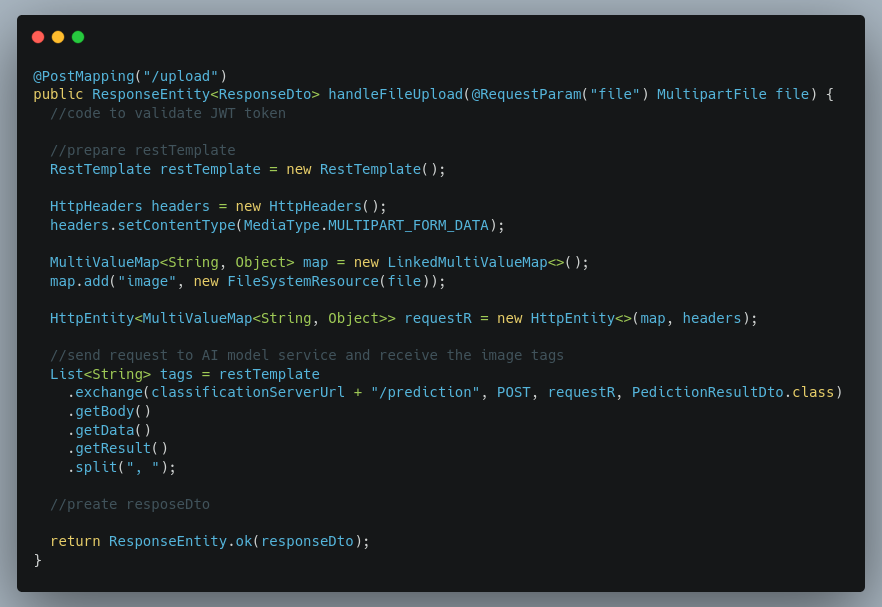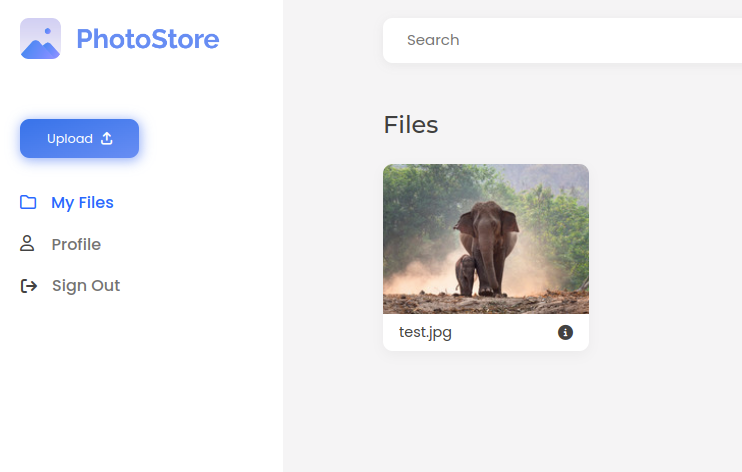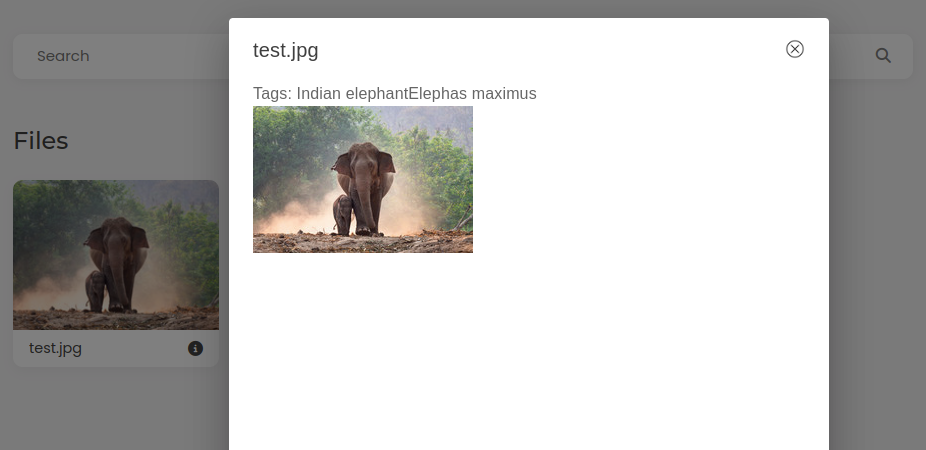
The Therap Javafest Screening Test is the first hurdle that every candidate needs to overcome. It might sound intimidating at first but we can assure you that there is nothing to worry about. In this post, we will breakdown the screening test in detail and provide a few technical resources to make your journey a bit easier.
What is the Screening Test?
The Screening Test is an online exam that every Therap Javafest candidate must participate in order to move to the next round. The exam will be for around 45 min to 1 hour. There will be around 20 to 25 MCQ questions.
You can start the test at any time between 8 pm to 11 pm on the day of Screening Test. So, we suggest that you start the test as early as possible so you will have enough time to avoid unanticipated situations like unexpected power failure or internet connectivity problems.
The Therap Javafest Screening Test must be conducted by each contestant individually. No help from fellow people or the Internet should be sought. It is a serious violation of the contest rules if any such means is utilized to score better in the screening test.
What topics will be covered in the Screening Test?
Programming:
- Array manipulation
- Control flow
- Iterative programming
- Method call
Java:
- Data types
- Knowledge of String, I/O, java.util.*, Math API
- Parsing with StringTokenizer/Scanner API
- Collection Framework
Data Structure:
- Composite data structure
- LinkedList manipulation
- Stack/Queue operations
- Traversing Tree data structure
- Basic Search/Sorting algorithm
- Recursion
Object Oriented Programming:
- Basic concept of OOP
- Class design
Puzzle:
- Simple puzzle
- Math Puzzle
Technical Resources:
String:
Exception handling:
Java keyword – final:
Object Oriented Programming:
- https://www.geeksforgeeks.org/java-instanceof-and-its-applications/
- https://www.geeksforgeeks.org/java-gq/inheritance-2-gq/
- https://www.geeksforgeeks.org/polymorphism-in-java/
- https://www.geeksforgeeks.org/encapsulation-in-java/
- https://www.geeksforgeeks.org/object-oriented-programming-oops-concept-in-java/
- https://www.baeldung.com/java-oop
- https://medium.com/edureka/java-oop-cheat-sheet-9c6ebb5e1175
Data structure:
- https://www.geeksforgeeks.org/list-interface-java-examples/
- https://www.geeksforgeeks.org/set-in-java/
- https://www.geeksforgeeks.org/map-interface-java-examples/
- https://www.geeksforgeeks.org/difference-between-bfs-and-dfs/
- https://www.geeksforgeeks.org/collections-in-java-2/
- https://www.quora.com/In-Java-what-is-the-difference-between-a-list-a-set-a-map-and-a-queue
- https://www.geeksforgeeks.org/difference-between-list-set-and-map-in-java/
- https://www.geeksforgeeks.org/data-structure-gq/queue-gq/
- https://www.geeksforgeeks.org/data-structure-gq/stack-gq/
- https://www.freecodecamp.org/news/java-list-tutorial-util-list-api-example/
- https://www.vogella.com/tutorials/JavaCollections/article.html
- http://tutorials.jenkov.com/java-collections/set.html
- http://tutorials.jenkov.com/java-collections/map.html
- http://tutorials.jenkov.com/java-collections/stack.html
- http://tutorials.jenkov.com/java-collections/queue.html
- https://www.baeldung.com/convert-array-to-set-and-set-to-array
- http://tutorials.jenkov.com/java-collections/index.html
Sorting:
Searching:
Miscellaneous:
- https://www.geeksforgeeks.org/interesting-facts-increment-decrement-operators-java/
- https://www.geeksforgeeks.org/difference-between-increment-and-decrement-operators/
- https://www.geeksforgeeks.org/constructors-in-java/
- https://www.geeksforgeeks.org/classes-objects-java/
- https://www.w3schools.com/java/java_constructors.asp
- https://www.programiz.com/article/increment-decrement-operator-difference-prefix-postfix






